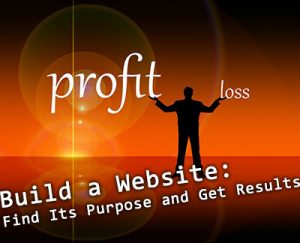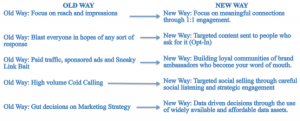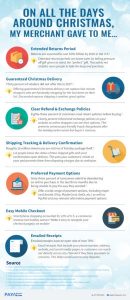
mohamed_hassan / Pixabay
In a business culture seemingly dominated by the mantra “Fail fast, fail often,” we spend a lot of time praising companies for doing things fast—for being fastest to market, quickest to respond, most agile to pivot—but we often don’t recognize the businesses that know how to take things slow.
It may sound contradictory, but oftentimes what businesses need to do in order to speed growth is to do exactly the opposite: slow down. Slowing down doesn’t mean shortening workweeks or allowing employees to slack off. Rather, being slow is a function of strategy—it’s the deliberate and steady plodding of the tortoise versus the haphazard bouncing of the hare.
A study of 343 businesses in Harvard Business Review found that companies that chose to “go, go, go” without taking the time to think through their business strategy ended up with lower sales and operating profits compared to businesses that “paused at key moments to make sure they were on the right track.” Companies that took a slow and deliberate strategic approach ended up averaging 40% higher sales and 52% higher operating profits.
So what does the “slow business” approach entail? Here’s how it manifests in leadership, management, and growth:
Make slow decisions
A good business leader must be decisive—but not too quickly decisive, say Chip and Dan Heath, authors of the book Decisive: How to Make Better Choices in Life and Work. Most leaders fall into the trap of getting locked into one alternative, and forget to slow down and think through additional options. For example, should you fire the underperforming employee? By making it a yes/no question, business leaders end up convincing themselves there’s only one choice. But there are other alternatives to explore that may be more practical or less costly: moving the employee to another role, offering training or mentorship, etc.
Slow decision-making means taking your time to gather all the facts, consider all the options, and then following through with a well-formed action plan. While some studies show that quick decision-makers may be more confident in their snap judgments, it’s those who are comfortable admitting that they may not have the answer right away that often outperform their quicker counterparts. In essence, slow deciders make better strategists.
Take time to communicate and align your team
Many entrepreneurs overseeing a transition from startup to scale-up often run into problems of strategic alignment. As leaders, they often make decisions from their gut, or do quick calculations in their head. When handing down directives to the managers and employees for execution, it may come without much explanation.For a while, this system of communication works. In a startup phase, a company is often agile enough to adapt quickly to new directives and strategy changes coming from management. This is what often plays a big role in the success of a startup. In our experience however, this only works up to a certain point. Once a company has hit the $ 2 million revenue mark and is looking at the next stage of growth, this leadership style becomes less and less sustainable.
As business leaders look to expand their teams and hit ambitious growth goals, company alignment becomes increasingly important. Not only must the CEO set the overall business strategy for the year, but they also need to make sure that this plan is clearly communicated to management for execution. Business leaders that choose to slow down and thoughtfully walk their management team through a strategic plan often find more success in the long run. These are the companies that have taken the time to bring the departments together, articulate key priorities and goals, explain the reasoning behind decisions made, listen to feedback, and get everyone in alignment with the plan.
Build strategic pauses into your growth plan
In scale-up businesses, the pressure for constant growth—particularly following a boom period of fast expansion—can force business leaders into a “go, go, go” mentality that leaves little room for careful reflection and planning. Instead, the tendency is to push newer and bigger: new markets, new products, bigger teams, bigger inventory.
Over a long period, this can backfire. Operational issues that were manageable with a smaller team tend to become amplified at a larger scale—consider this famous case study of Webvan from the 2000 dot-com crash. Perhaps the company didn’t account for competition in new markets, or maybe the business expanded locations without a proper inventory management plan. Smart companies that want to see consistent growth in the long term will be cautious of the “grow big fast” mentality and instead build in strategic pauses into their business plan. Instead of pushing forward with an aggressive growth strategy after a period of expansion, consider setting the cruise control for a period of time and give yourself some breathing room before starting your next growth phase.
Business leaders should use these pauses to focus on strategy refinement and iteration across the company. Working together with the management and finance teams, companies should identify its current strengths, understand and fix any potential problems, evaluate various opportunities for growth, and forecast any threats in current and potential markets. It’s also critically important to build in time to listen to customer and employee feedback: Does your company know who its most important customers are? Are your employees aligned with the company’s mission and goals?
By deliberately slowing down and taking time to reflect, think, plan, focus, and refine, businesses can avoid the pitfalls of moving too fast and enjoy long-term sustainable growth.
Originally published here.
Business & Finance Articles on Business 2 Community
(89)
Report Post






